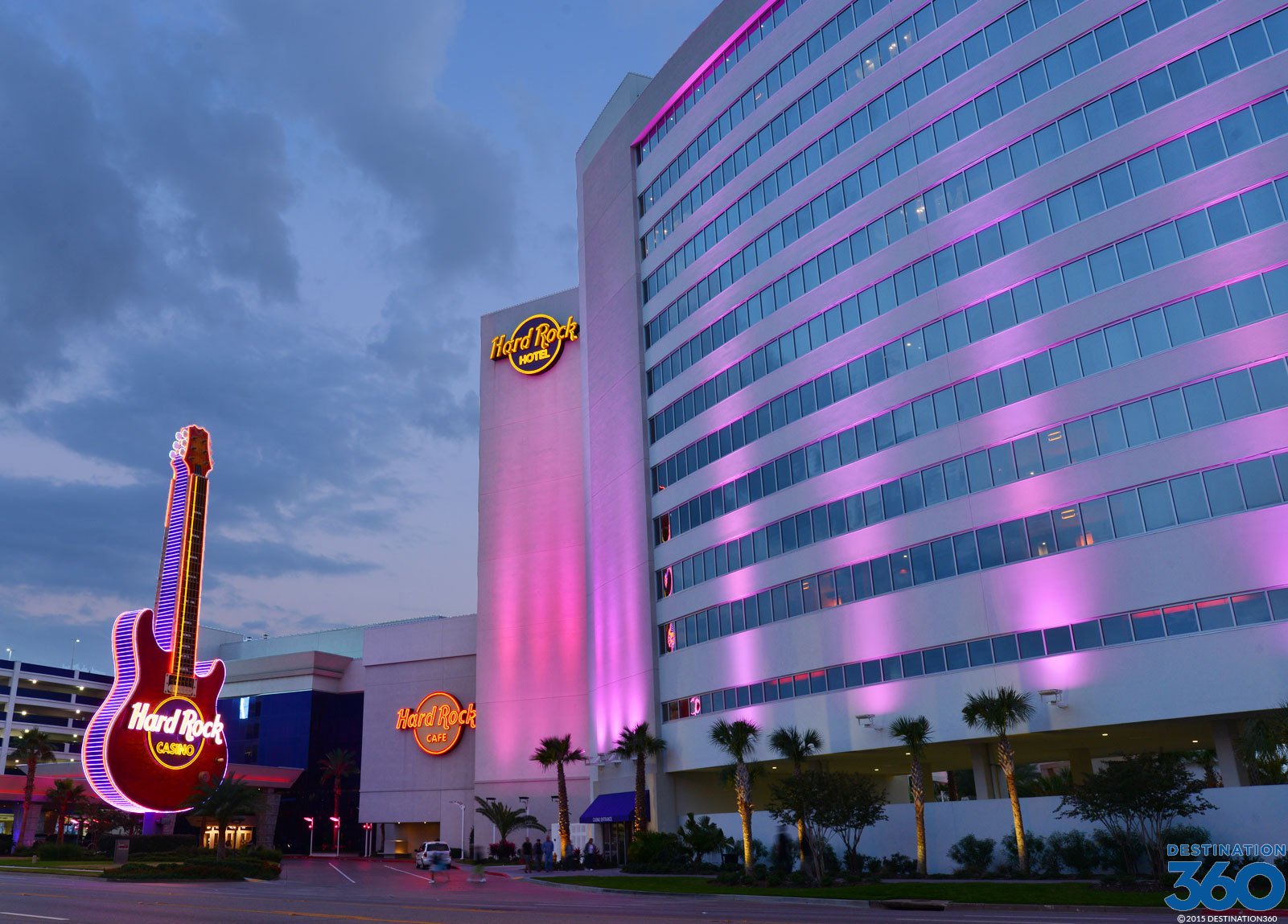A longstanding battle by two casino developers to build properties on Mississippi’s Gulf Coast in Biloxi and Bay St. Louis were dealt a hammer blow this week, The Sun Herald reports.

Biloxi’s casinos were permitted to come 800 feet inland in the wake of Hurricane Katrina. But on a tidal coast, where do you start measuring from? (Image: Pinterest)
Had Special Circuit Court Judge Christopher Schmidt approved the two casinos, the decision could have had a transformative effect on the Gulf Coast gaming market and the area in general, potentially opening the beach up to extensive casino development.
But instead, the judge upheld rulings by the Mississippi Gaming Commission that neither proposal qualified for site approval because of the specifics of their locations.
At issue is a state gaming law that allowed casinos to come onshore by 800 feet. The legislation was enacted after Hurricane Katrina to prevent gaming businesses from being blown away by future storms. The law stipulates that properties can be built no more than 800 feet inland, but the developer must still own the land all the way to the water’s edge.
Hell and High Water
Much of the argument for denying permission to the RW Development project in Biloxi and the Diamondhead Real Estate project in Bay St Louis came down to the exact definition of where the 800-foot measurement begins on an ebbing, flowing tidal body of water.
RW argued that it had measured 800 feet from the seawall, which it determined was the mean position of high tide. But the gaming commission believes the official coastline, the Public Trust Tidelands Boundary Line, not the seawall, should be used for the calculation.
The gaming commission also contends that RW does not own the land all the way up to the water, because there is a strip of public beach between its land and the sea.
Likewise, in the case of the Diamondhead project, the commission found that the “water’s edge” used in the calculation was in fact a man-made canal, and there was actually several hundred feet of salt marsh between the site and the Bay St. Louis coastline.
RW’s project was originally rejected by the commission in 2008 and again, twice, in 2017, along with the Diamondhead project.
Commission Not Biased
The developers argued that the decision was protectionist and was designed to safeguard the existing regional casino industry from competition.
The Sun Herald reported that at a hearing in September, RW attorney Gerald Blessey said the commission was “not absolute power” and should “check and balance” its decision.
But Schmidt rejected the argument that the commission had been biased towards new casinos, ruling it had acted correctly and in accordance with state gaming laws.
“The Gaming Commission’s decision was supported by ample evidence and was not arbitrary or capricious,” he said.
The developers have not said whether they intend to appeal the decision.


